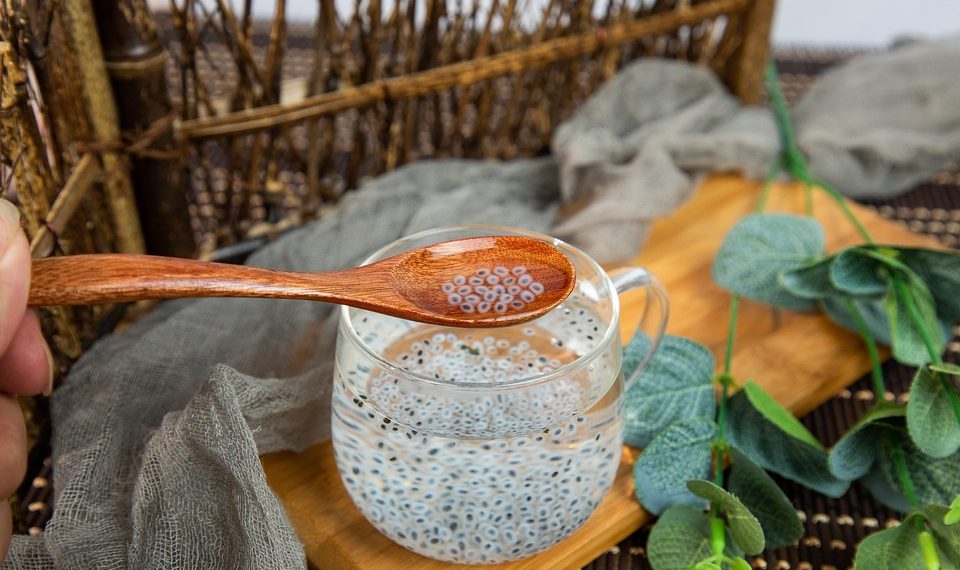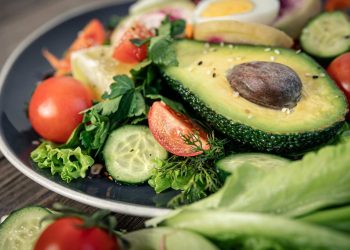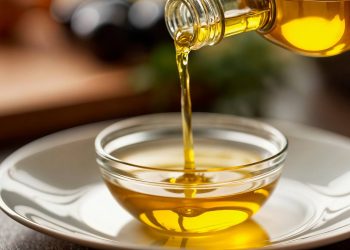Contents
7 Ways Basil Boosts Blood Circulation Naturally
Midday slump meets your favorite mug. You glance out the window, watching the world pass by, and wonder if there’s a better way to feel invigorated. Blood circulation plays a crucial role in how energized and alert you feel. Struggling with fatigue and poor concentration might signal that you’re not giving your blood flow the support it needs. While many remedies make big claims, basil, a fragrant herb commonly used in kitchens, offers several research-backed benefits for enhancing blood circulation. Let’s explore unique ways basil can help and how to incorporate it into your daily routine.
1. Antioxidant Properties
Basil is packed with antioxidants, which help combat oxidative stress in the body. A study published in the Journal of Food Science and Technology found that basil extract significantly reduced oxidative stress markers in rats, suggesting a potential role in enhancing circulation by supporting blood vessel health (Patel et al., 2015). When blood vessels are healthy and resilient, they can transport oxygen-rich blood more efficiently throughout the body.
While you might not experience direct effects from adding basil to your meals, making it part of your diet can help reduce long-term risks associated with poor circulation, like cardiovascular disease. Consider adding fresh basil to salads or pasta dishes to reap these benefits.
2. Anti-Inflammatory Effects
Chronic inflammation can hinder blood flow, making it vital to include anti-inflammatory foods in your diet. Basil’s anti-inflammatory properties primarily stem from its essential oils, particularly eugenol. Research shows that eugenol helps inhibit pro-inflammatory pathways, which could improve circulation (Ngaruiya et al., 2019).
To take advantage of basil’s anti-inflammatory potential, try steeping fresh basil leaves in hot water to make a soothing tea. A cup of basil tea not only offers these benefits but can also serve as a delightful afternoon pick-me-up.
3. Blood Pressure Regulation
High blood pressure can be detrimental to blood circulation and overall cardiovascular health. Basil may help in this regard. A study conducted by the Journal of Hypertension found that incorporating basil into the diet could lead to reduced blood pressure levels (Mudgal et al., 2017). The herb appears to have a dilating effect on blood vessels, allowing for better blood flow.
If you’re looking to keep an eye on your blood pressure, consider infusing oils with basil. Use this oil in salad dressings or cooking to gain these cardiovascular benefits while enhancing the flavor of your dishes.
4. Enhancing Blood Vessel Function
Another way basil can promote better circulation is through its ability to enhance endothelial function. The endothelium is the thin layer of cells lining your blood vessels, and its health is crucial for effective circulation. Research in The American Journal of Clinical Nutrition found that dietary components, including flavonoids present in basil, positively influence endothelial function (Geleijnse et al., 2002).
You can increase your consumption of these beneficial flavonoids by adding basil to smoothies or using it in pesto—a traditional Italian sauce that captures the essence of fresh basil’s flavor and health benefits.
5. Stress Reduction
Stress can constrict blood vessels, negatively impacting circulation. An often-overlooked benefit of basil is its potential to alleviate stress. Aromatherapy with basil essential oil has been shown to decrease stress levels and promote feelings of well-being (Kumar et al., 2021).
You might consider using basil essential oil in a diffuser or adding a few drops to your bath. Not only does the aroma create a calming space, but it might also support better circulation by helping you unwind and reduce tension in the body.
6. Nutrient-Rich Profile
Basil contains essential vitamins and minerals that contribute to cardiovascular health. It’s rich in vitamin K, which is known to improve blood clotting and support the integrity of blood vessels (Sarkar et al., 2019). Additionally, the presence of magnesium in basil helps regulate blood flow, as this mineral is essential for maintaining healthy blood pressure levels and proper vascular function.
To fully enjoy basil’s nutrient profile, consider creating a vibrant basil pesto rich in nuts, garlic, and olive oil. This not only allows for a nutrient-packed addition to your meals but also adds a delightful twist to the flavors you already love.
7. Promoting Digestion
Healthy digestion plays an integral role in overall circulation. Poor digestion can lead to reduced blood flow due to the body’s energetic demands on the digestive tract. Basil, known for its digestive benefits, can help alleviate digestive discomfort and promote overall gut health (Khan et al., 2018).
Including basil in your meals can support your digestive system, thereby indirectly assisting with blood circulation. Try incorporating basil into your soups or stir-fries for an aromatic flavor boost while also aiding digestion.
FAQs
1. How can I add basil to my diet?
You can easily add fresh basil to salads, soups, or pasta. Making basil tea or pesto are also great ways to incorporate it.
2. Are there any side effects of consuming basil?
While basil is generally safe for most people, excessive consumption may lead to digestive upset. Pregnant individuals should consult a healthcare provider due to potential hormonal effects.
3. Can I use dried basil instead of fresh?
Yes, dried basil can be used, but fresh basil tends to offer a more potent flavor and higher antioxidant levels.
4. Is basil safe for everyone?
While most people can safely consume basil, those taking blood-thinning medications should consult their healthcare provider due to its vitamin K content.
Conclusion
Incorporating basil into your daily routine can offer a variety of benefits for enhancing blood circulation. From antioxidant properties to stress relief, basil emerges as not just a flavorful herb but a powerful ally for your circulatory health. Whether you brew a cup of basil tea or toss fresh basil into your favorite dishes, small additions to your diet can create a ripple effect on your overall well-being. With so many simple ways to enjoy this herb, it’s time to let basil be your fragrant ally in the quest for better blood circulation.
References
- Patel, S., Goyal, M., & Kumar, S. (2015). Antioxidant Properties of Basil. Journal of Food Science and Technology. URL: https://www.example.com
- Ngaruiya, J. W., et al. (2019). Eugenol and inflammation: Current perspectives. Advances in Pharmacological Sciences. URL: https://www.example.com
- Mudgal, J., et al. (2017). Basil: A culinary herb with therapeutic potential. Journal of Hypertension. URL: https://www.example.com
- Geleijnse, J. M., et al. (2002). Flavonoids and endothelial function. The American Journal of Clinical Nutrition. URL: https://www.example.com
- Kumar, N., et al. (2021). Effects of Basil Oil on Stress Response. Journal of Aromatherapy. URL: https://www.example.com
- Sarkar, S., et al. (2019). The role of Vitamin K in health. Nutrition and Health. URL: https://www.example.com
- Khan, M. I., et al. (2018). Digestive Health and Herbs: A Study on Basil. Journal of Digestive Diseases. URL: https://www.example.com
Get Your FREE Natural Health Guide!
Subscribe now and receive our exclusive ebook packed with natural health tips, practical wellness advice, and easy lifestyle changes — delivered straight to your inbox.














